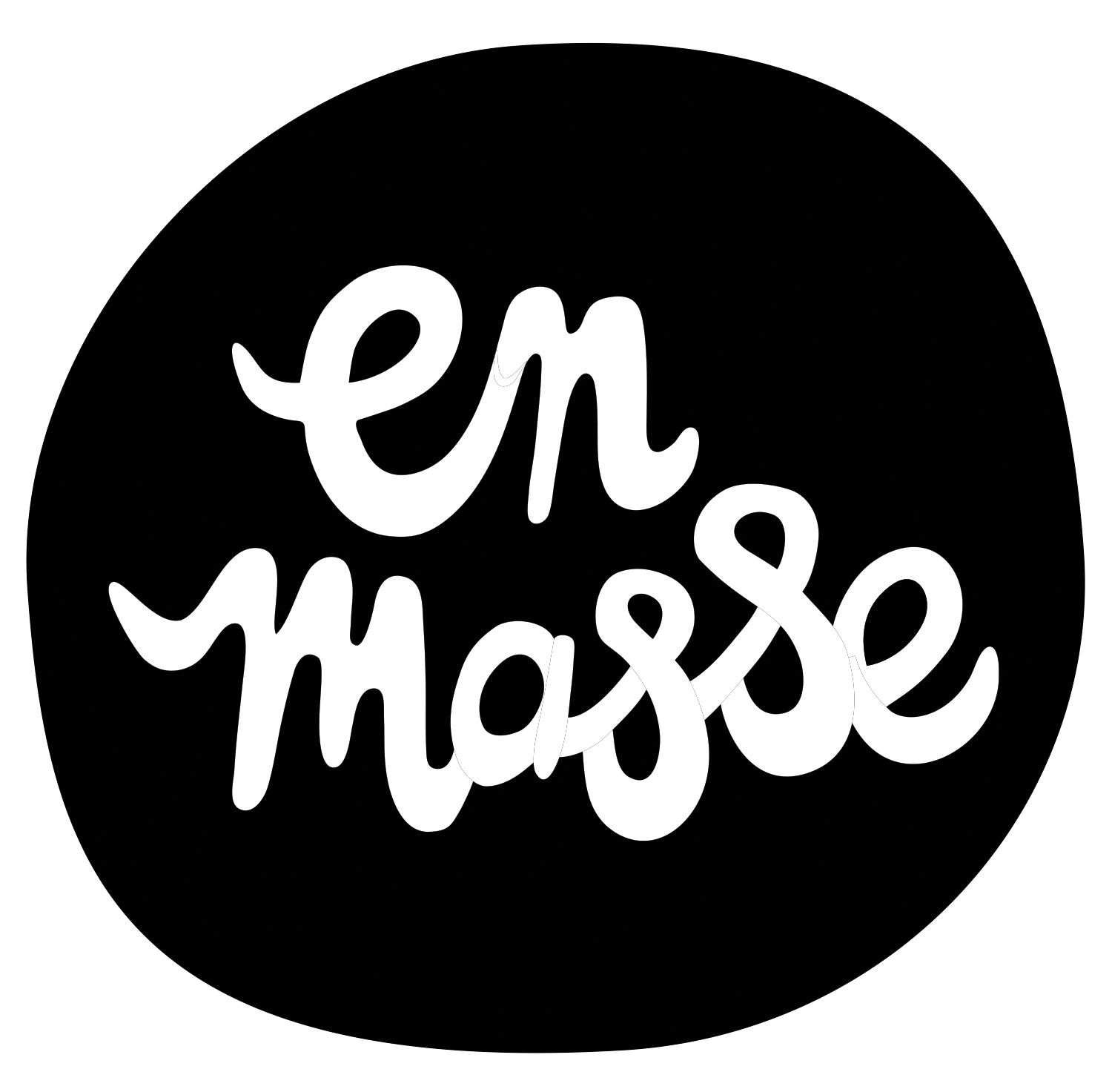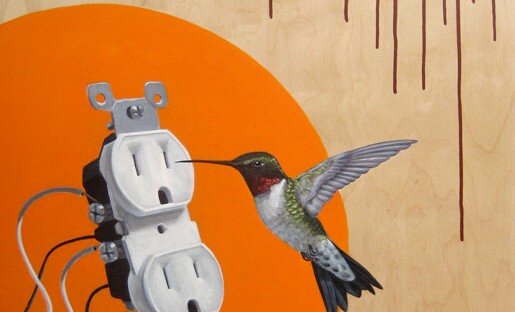Interview with Dave Todaro
Montreal painter and art educator Dave Todaro co-directs our pedagogical offshoot EN MASSE for the Masses, alongside Katie Green. In his own personal art practice, Todaro is a painter with tight technical standards, a penchant for photorealistic wildlife and a subtle but unmistakable awareness of the environment and our relationship with (and within) it.
Where are you from and where are you now?
Montreal, born and raised. I live and work out of the Mile-End district — there’s too much creativity and good coffee here for me to pass it up.
What do you do? How do you describe your art practice?
I’m a painter. I’m fascinated by wildlife, electricity, and our dependence on oil. Some people describe me as an environmental artist but I don’t see myself that way. Right now, our environment is in a very delicate state, resources are growing scarce, and our way of life is being challenged. I just paint about what I see.
When did your practice as an artist begin?
I studied Illustration and Design because I thought I wanted to be an illustrator. Then I studied Art Education because I wanted to be a teacher. Turns out, I wanted to be neither. It was only in 2008 that I decided I was going to take my practice seriously and just focus on painting.
Why do you feel compelled to create art?
I really don’t feel like I have a choice. Painting is a way for me to get my ideas across, to analyze how I feel, and study the relationships I perceive between people, animals, and the surrounding systems. When I’m not painting, I feel like I’m stagnating, no matter what else I may be doing.
Animals are the recurring theme of your work… what’s the appeal of your choice of subject matter?
Well, I’ve always thought that people get enough attention. We’re not alone out here on this little pale blue dot. I think I like reminding people of that, reminding them that the decisions they make do not only affect each other, but a whole array of living creatures and systems. I’m not a conservationist, but I believe in respecting other living beings, so I try to give them a seat at the table.
What work do you feel is most definitive of your practice?
I think the work that most defines my practice is a series of paintings I made in 2011, entitled Switch. Painted on wood, the works examine the relationship in Quebec between man and birds through the consumption of hydroelectric power. I wanted to remind people that through the simple act of flipping a switch, they set off a chain reaction of events that greatly impacts the world around them. I hoped to achieve this, while still presenting beautiful imagery. I really like how the work turned out.
What improvement, alteration or innovation would you most like to see in the arts?
That’s a tough question because although I believe that people should be able to paint whatever they want, I’d like to see them grow some balls. I’d like to see more social, political, and environmental art (especially the latter). Artists have the luxury of being able to reflect and critique the world that surrounds them in creative and confrontational ways. They are able to easily be seen and heard by a large audience. Artists are more powerful than they know — they should use that power.
You’re involved in EN MASSE For the Masses, our pedagogical wing. What do you like about working with young people and participants who are not professional artists?
Katie Green and I have been running En Masse For the Masses for a few years now and it just gets better and better. A collaborative mural brings people together, gets them to brainstorm as a team, gets them communicating with one another to solve visual problems, and gives them a sense of ownership and pride over a space. They get to meet professional artists and talk one on one. The participants are always blown away by what they are able to accomplish as a group, and that’s key.
What is next for you?
I’m feeling a serious itch to try something new, but I don’t know what yet. I’ve got a few shows lined up until the end of the year, so I’m just trying to focus on getting the work done. We’ll see after that.
………………….
Answer the call of the wild and check out Dave Todaro’s paintings at his site, visit his blog for the latest, and learn more about EN MASSE for the Masses here.



